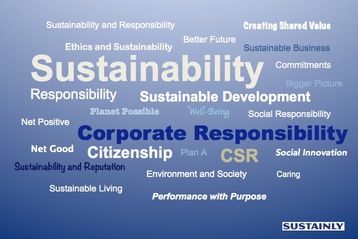 Picture credit: Cancer Research UK
Picture credit: Cancer Research UK If you have managed to avoid a single selfie of a female friend without make-up, let me recap. The #nomakeupselfie trend is said to have started with author Laura Lippman who posted a picture in solidarity with actress Kim Novak, who was recently criticised for her looks – nothing to do with cancer awareness or fundraising.
People joined the trend and at some point started adding #breastcancerawareness to their pictures. What is crucial here, is that there was no link to any specific cancer charity initially. Cancer Research was quick to seize the opportunity and posted a picture and message on social media, in essence taking ownership of the hashtag:
“Thousands of you are posting #cancerawareness #nomakeupselfie pictures and many have asked if the campaign is ours. It’s not but we love that people want to get involved! If you’d like to help beat cancer sooner, please visit our website at http://bit.ly/1hAa1uD or text to donate using the code in the picture.”
One wonders how Macmillan, Marie Curie, Breakthrough Breast Cancer Research and myriad other cancer charities feel as they watch the millions going to Cancer Research – I'm sure they won’t begrudge them (they are working for the same cause after all), but equally I'm sure they wouldn't have minded a share!
This is nimble decision making and marketing at its absolute best. It is also a bold decision that I think many brands can learn from – not just those looking to boost fundraising. Some of the lessons that I see are:
- Empower your marketing and social media teams – a decision like this has to be taken in hours, not days and that requires staff to be empowered to take strategic decisions
- Don’t fret too much about your brand – whilst Cancer Research can make interventions, campaigns like this have lives of their own and some people will put out the wrong messages or post things in bad taste; most consumers realise this has nothing to do with Cancer Research and more organisations would do well to remember this when issuing strict brand guidelines or cracking down on 'misuse'. Cancer Research was brave enough to harness an unpredictable, yet powerful bandwagon
- Leave your high horse behind – the internet is full of narcissism debates as a result of this campaign but this has not bothered Cancer Research one bit. The reality is that it has captured the imagination of the public and that is ultimately what is crucial
The power of social media never ceases to amaze me and it will be interesting to see how brands adapt following the no make-up phenomenon. One thing I am sure of though, you can't try to recreate or initiate this as a planned campaign - it will never be as powerful as when it is started by the crowd.
by Jesper Ekelund
| | |





 RSS Feed
RSS Feed